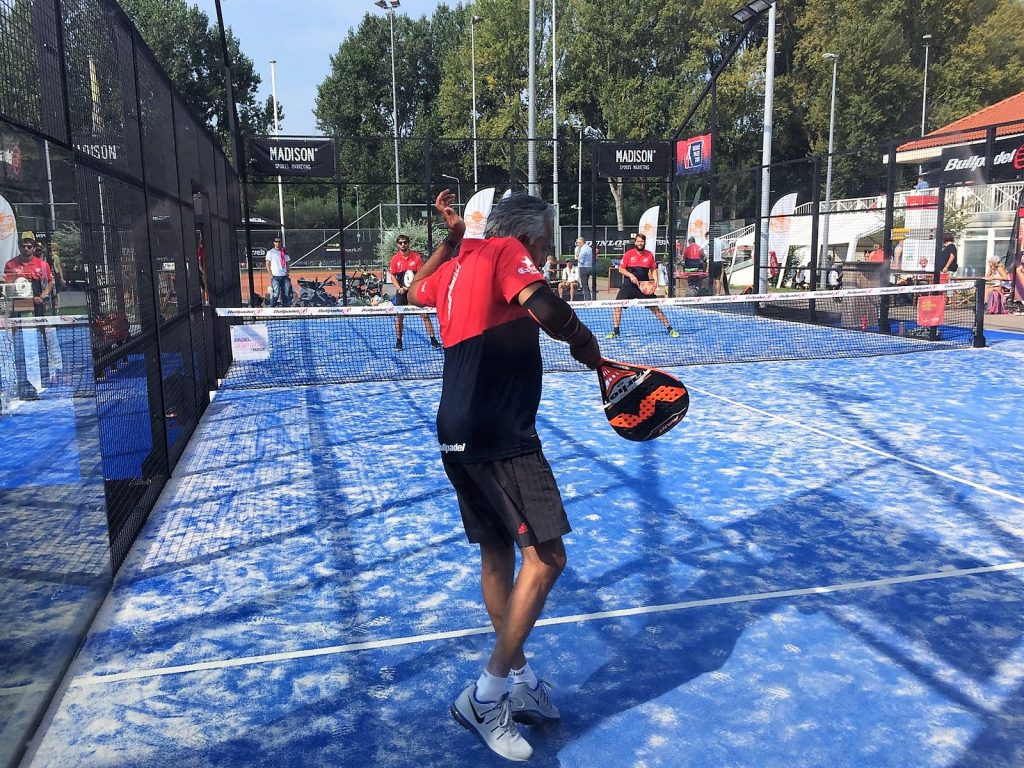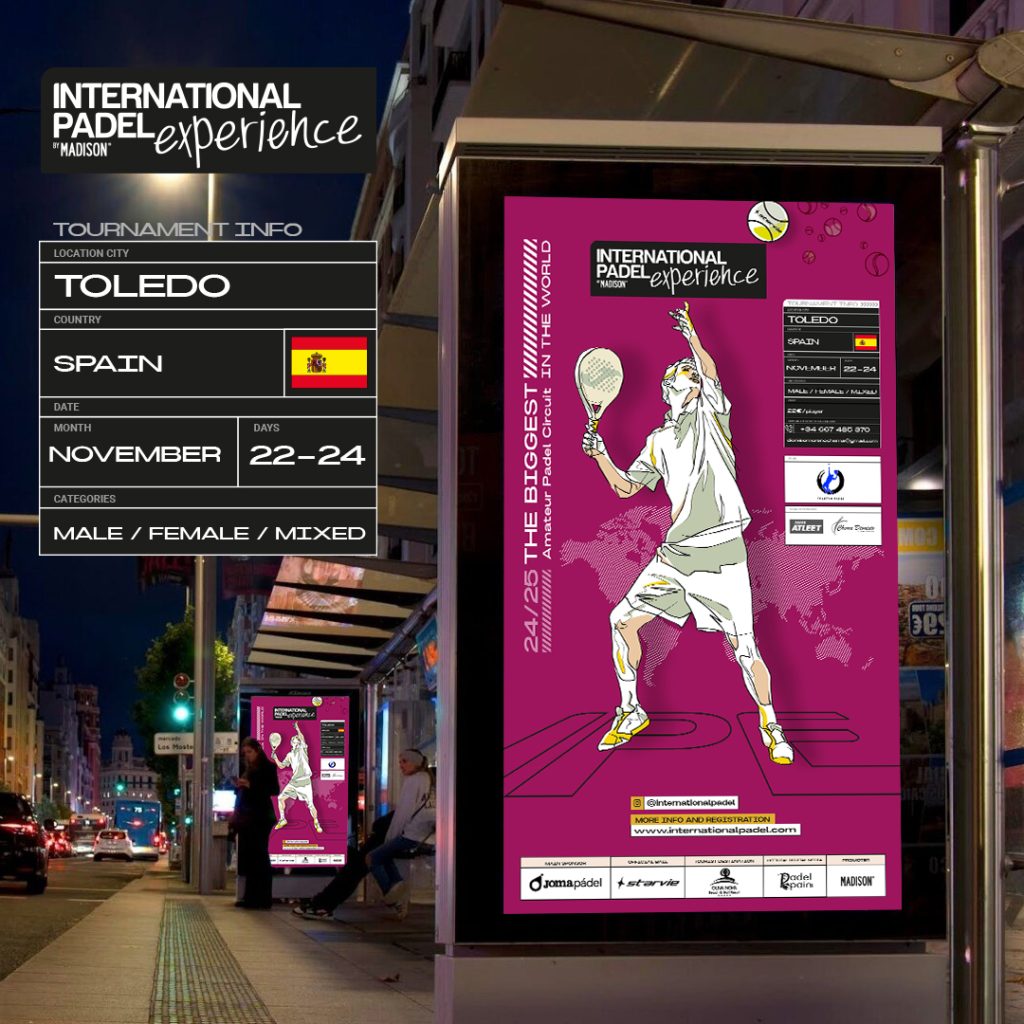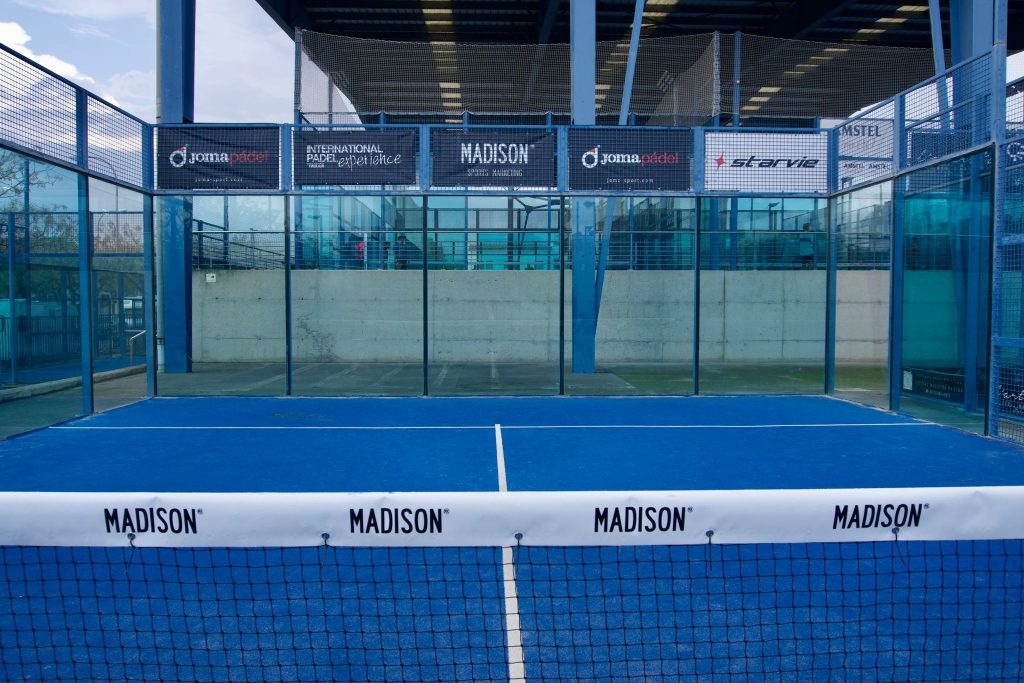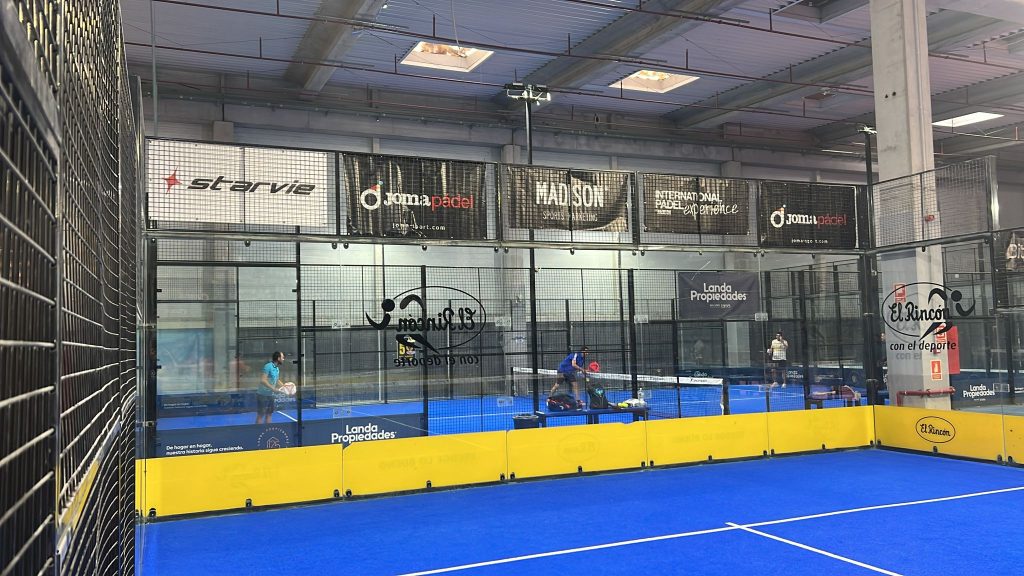[:es]Los tirones musculares son un problema común en la actividad física. En el pádel son especialmente habituales en el tronco inferior, debido al especial esfuerzo que se realiza con esa parte del cuerpo y al tipo de movimientos que provocamos con algunas de las jugadas. Por eso, hoy queremos poner el foco en la detección y tratamiento de los tirones.
¿Qué es un tirón muscular?
El primer paso es saber a qué nos referimos al hablar de tirones, también llamados desgarros o distensiones musculares. Los tirones son un sobreestiramiento de un músculo en concreto en respuesta a un movimiento rápido y brusco.
Cuando el músculo sufre un estiramiento excesivo de sus fibras, estas se desgarran en mayor o menor medida. Algunos de los tirones más habituales son los de cuádriceps, gemelo y espalda, todos ellos posibles en la práctica del pádel al realizar alguno de los movimientos.
Causas y síntomas de un tirón muscular.
Aunque son muchas las causas que pueden provocar una distensión muscular, las más frecuentes son:
• Un calentamiento insuficiente previo a la práctica deportiva.
• Alteraciones posturales: por eso es importante cuidar la postura corporal, a fin de que la musculatura trabaje correctamente.
• Poca flexibilidad.
• Exceso de actividad deportiva y sobrecarga.
En cuanto a los síntomas, estos son algunos de los que pueden presentarse al sufrir una distensión muscular, aunque cabe destacar que no siempre aparecerán todos ellos y que variarán en función de la gravedad.
• Aparición brusca de un dolor local.
• Imposibilidad para continuar con el ejercicio.
• Aparición de hematoma en la zona afectada.
• Rigidez muscular.
• Inflamación de la zona.
¿Cómo prevenir las distensiones musculares?
En el pádel, especialmente en partidos con amigos, muchas veces olvidamos realizar un calentamiento previo, fundamental para evitar lesiones.
Tanto el calentamiento como el estiramiento posterior nos ayudarán a evitar problemas musculares como las distensiones musculares.
¿Cómo actuar si nos da un tirón?
Si durante el juego o en la recuperación posterior sufrimos un tirón, lo primero que debemos hacer es aplicar hielo en la zona, a fin de aliviar la inflamación y el dolor local que pueden aparecer.
Además, en función de la gravedad, será recomendable realizar un reposo de dos días o, en lesiones más graves, acudir a un especialista que valore la lesión.
El pádel es el deporte de moda y cada vez somos más los que nos rendimos a sus bondades pero, recuerda, como en todas las actividades, es importante tener en cuenta las recomendaciones ¡para disfrutar sin riesgo de lesión!
[:en]Muscle pulls are a common problem in physical activity. In padel they are especially common in the lower trunk, due to the special effort that is made with that part of the body and the type of movements that we force with some of the plays. Therefore, today we want to focus on the detection and treatment of this problem.
What is a muscle pull?
The first step is to know what we mean by talking about muscle pulls, also called muscle tears or strains. They are an overstretch of a particular muscle in response to a quick and abrupt movement.
When the muscle undergoes excessive stretching of its fibers, they tear to a greater or lesser extent. Some of the most common pulls are quadriceps, lower leg and back, all of them possible in the practice of padel when performing any of the movements.
Causes and symptoms of a muscular pull.
Although there are many causes that can cause a muscle strain, the most frequent are:
• Insufficient warming-up before the sports practice.
• Postural alterations: this is why it is important to take care of the body posture, so that the muscles work correctly.
• Little flexibility.
• Excess of sports activity and overload.
As for the symptoms, these are some of those that can occur when suffering a muscle strain, although it should be noted that they will not always appear all of them and that they will change depending on the severity.
• Sudden onset of local pain.
• Impossibility to continue with the exercise.
• Bruising on the affected area.
• Muscular stiffness.
• Inflammation of the area.
How to prevent muscle strains?
In padel, especially in matches with friends, we often forget to perform a warm-up, which is fundamental to avoid injuries.
Both warm-up and subsequent stretching will help us avoid muscle problems such as muscle strains.
How to act if we suffer a pull?
If during the game or in the later recovery we suffer a pull, the first thing we must do is to apply ice in the area, in order to alleviate the local inflammation and pain that may appear.
In addition, depending on the severity, it will be advisable to take a two-day rest or, in more serious injuries, go to a specialist who assesses us with the injury.
Padel is the sport of fashion and more and more we surrender to its benefits, but remember, as in all activities, it is important to take into account the recommendations to enjoy without risk of injury![:]


